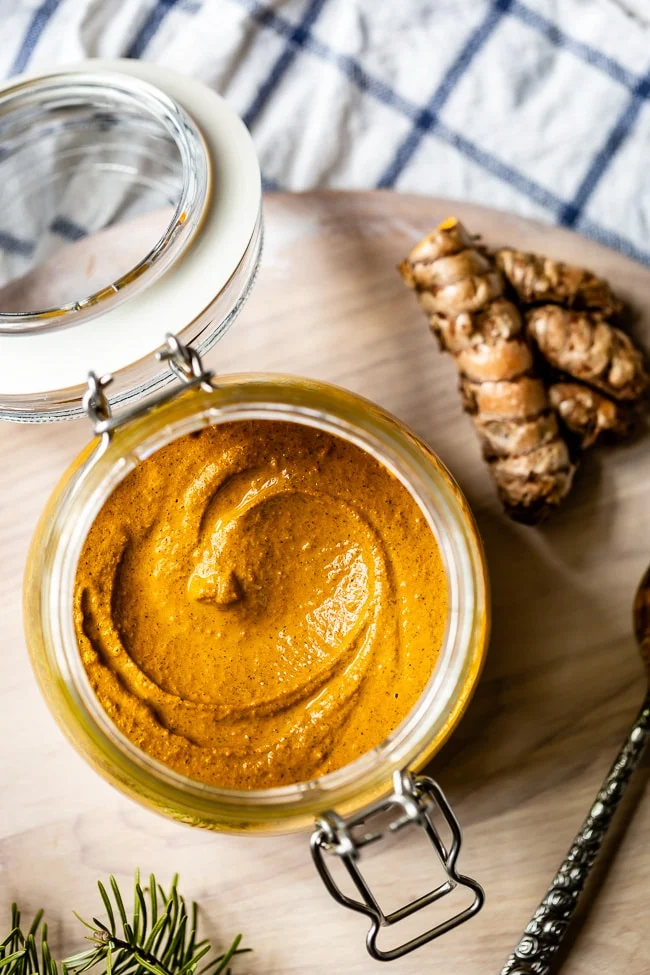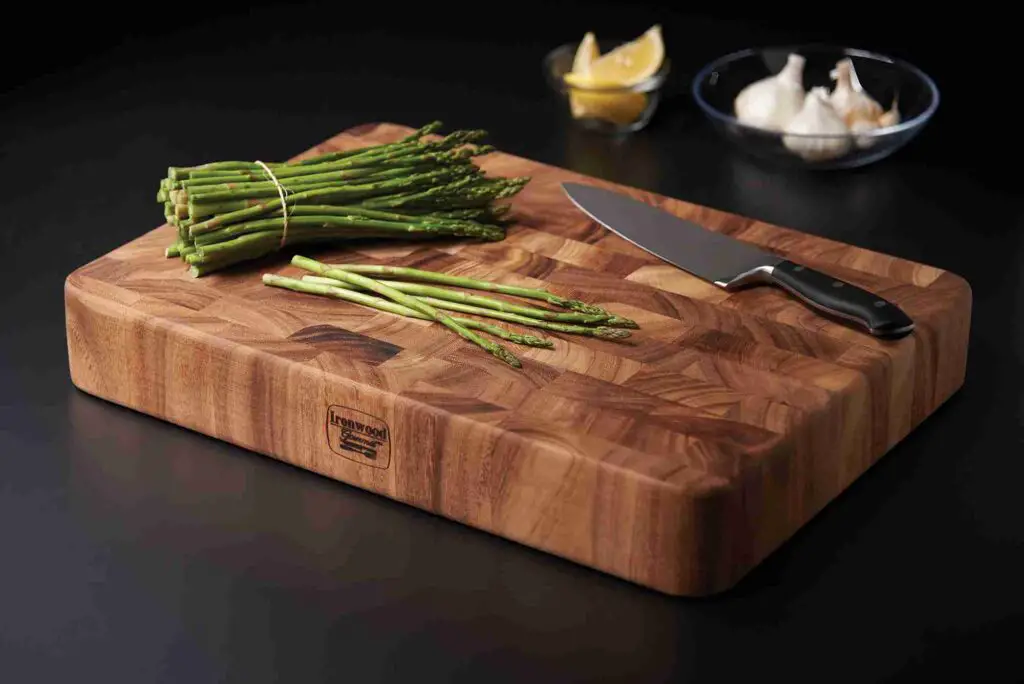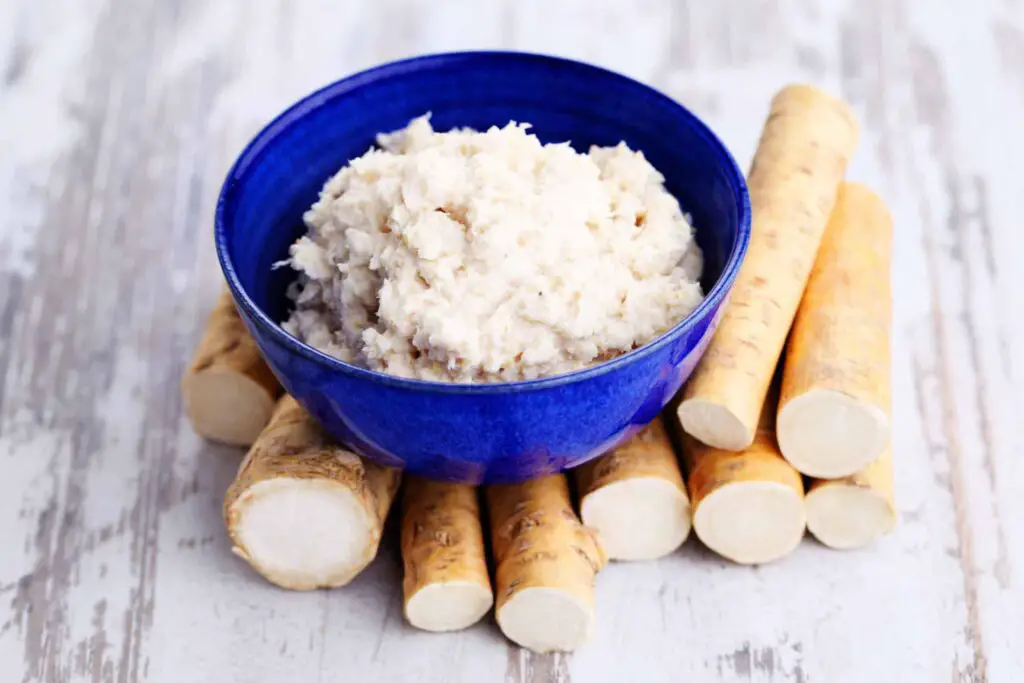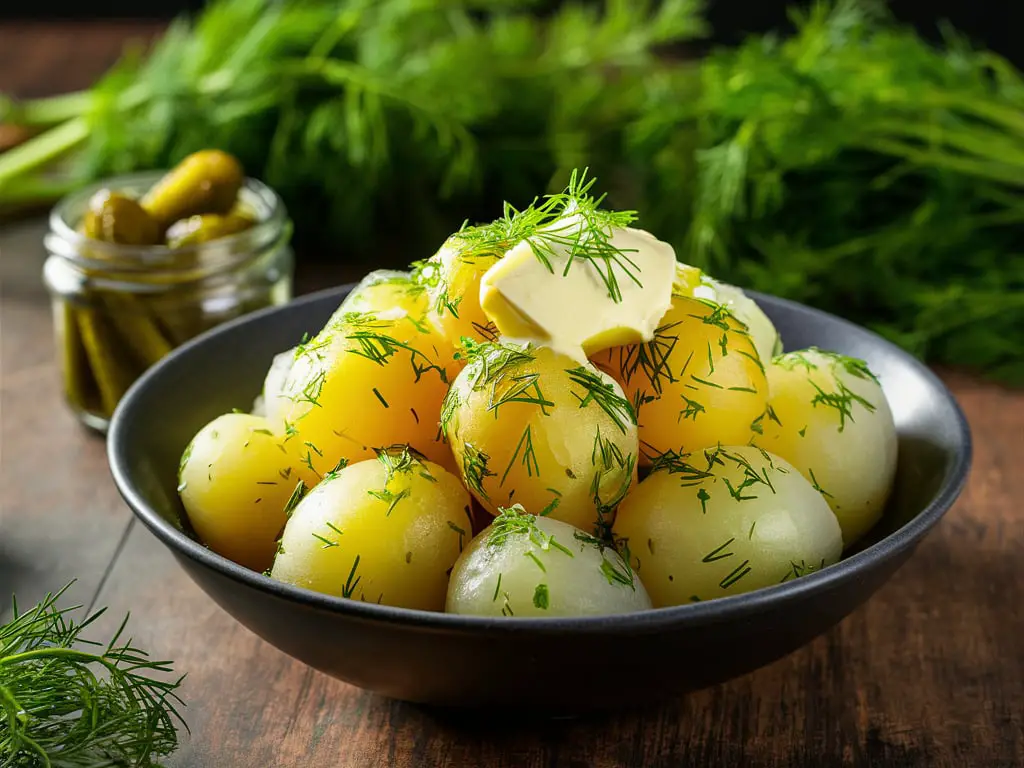How to Cook With Fresh Turmeric
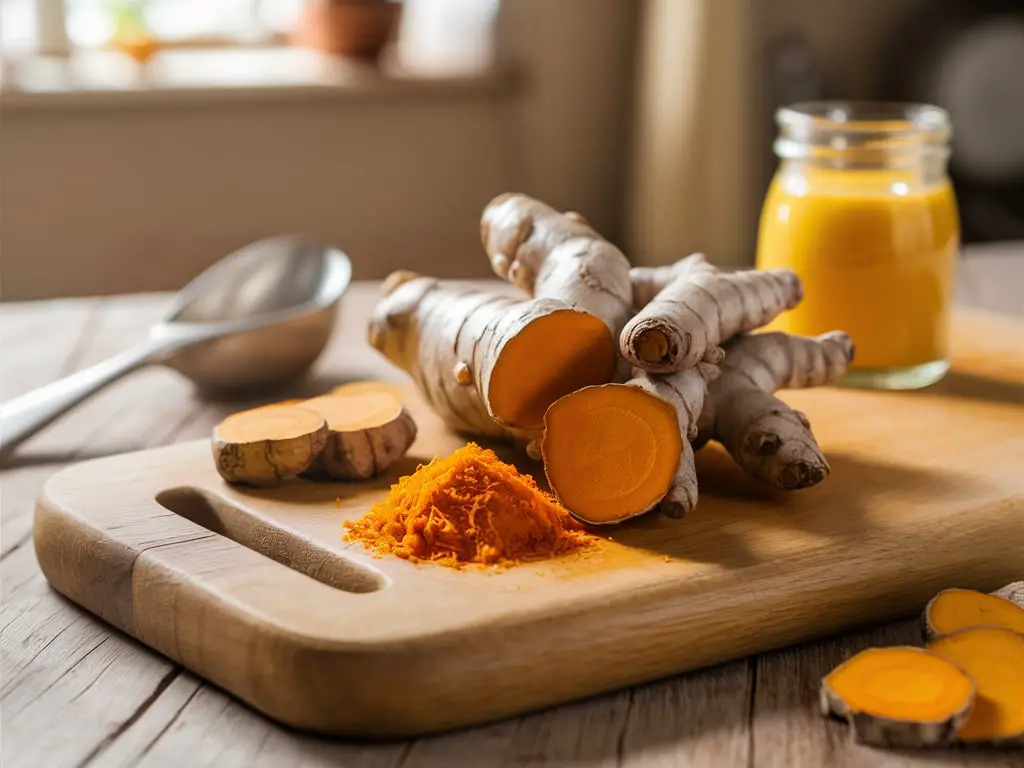
The first time I bought fresh turmeric root, I mistook it for ginger. It was small, knobby, and earthy, but when I sliced into it, my cutting board glowed a deep orange, and the smell was warm, peppery, and just a little citrusy. That’s when I realized I had stumbled onto one of the most vibrant ingredients you can bring into your kitchen.
Fresh turmeric is earthy and slightly bitter, with a peppery bite that wakes up almost any dish. It’s different from the dried powder you see in jars—fresher, brighter, and full of personality. If you’ve ever wondered how to actually use fresh turmeric, this guide will show you how to prep it, cook with it, and enjoy its flavor in everything from curries to smoothies.
Key Takeaways
1. Fresh turmeric is more vibrant and aromatic than dried powder.
2. Always peel before using—it stains, so gloves are helpful.
3. Add it at the end of cooking for brighter flavor, or early for deeper, earthy notes.
4. It pairs well with ginger, garlic, coconut milk, citrus, and black pepper.
5. Use it in curries, soups, rice, teas, smoothies, and even pickles.
Fresh vs. Dried Turmeric
Dried turmeric has a warm, mellow flavor and is great for building depth in curries or stews. Fresh turmeric, on the other hand, is sharper and more aromatic. Think of it as the difference between fresh herbs and dried ones—both are useful, but fresh packs a brighter punch.
I often use them together: dried turmeric for background warmth and fresh turmeric for a fresh, peppery pop of flavor.
Prepping Fresh Turmeric
Fresh turmeric is simple to use, but here are a few tips that make it easier:
- Peeling: Use a spoon to gently scrape off the thin skin. It’s easier than a knife and wastes less.
- Staining: Turmeric stains everything—your fingers, your cutting board, even your blender. Wear gloves if you’re handling a lot.
- Grating: A microplane or fine grater works best. For larger amounts, a food processor makes life easier.
- Storage: Keep unpeeled roots in the fridge wrapped in a paper towel for up to two weeks. You can also freeze them whole and grate as needed.
Pro tip: Add a pinch of black pepper whenever you cook with turmeric—it helps your body absorb curcumin, the compound that gives turmeric its vibrant color.
Cooking With Fresh Turmeric
1. Curries and Soups
This is where fresh turmeric shines. Add it alongside garlic, ginger, and onions as a flavor base for curries, dals, and stews. For a deeper earthy flavor, cook it early with your aromatics. For a brighter, fresher flavor, stir some in right before serving.
2. Golden Milk (Turmeric Latte)
One of my favorite cozy drinks is golden milk. Warm milk (dairy or plant-based) with grated turmeric, ginger, black pepper, and a touch of honey makes a soothing bedtime drink. The fresh root gives it a clean, peppery kick that powdered turmeric can’t match.
3. Smoothies and Juices
If you already make smoothies, fresh turmeric is an easy upgrade. Just grate in half an inch of the root along with mango, pineapple, or oranges for a tropical blend. It pairs beautifully with ginger in juices, too.
4. Rice and Grains
Add a teaspoon of grated turmeric to the water when cooking rice, quinoa, or couscous. It gives the grains a golden color and subtle earthy flavor. I often make turmeric rice with garlic and a squeeze of lemon on top—it’s simple, colorful, and full of flavor.
5. Pickles and Condiments
In many Asian kitchens, turmeric is used to pickle vegetables. Quick-pickled onions or cucumbers with turmeric not only look striking but also carry a tangy, peppery brightness. You can also stir grated turmeric into yogurt sauces, chutneys, or salad dressings for extra depth.
6. Roasted Vegetables
Mix turmeric with olive oil, salt, and pepper, then toss with cauliflower, carrots, or potatoes before roasting. The result: caramelized, golden veggies with a warm, earthy undertone.
7. Eggs and Scrambles
A pinch of fresh turmeric grated into scrambled eggs or omelets adds color and subtle flavor. I like pairing it with spinach and goat cheese for a vibrant breakfast.
Tips for Cooking Success
- Start small: Fresh turmeric is potent—begin with ½ teaspoon grated and adjust.
- Balance flavors: Its bitterness softens when paired with sweet (honey, fruit) or creamy (yogurt, coconut milk).
- Mind the stains: Wipe cutting boards and counters right after using turmeric, or use a dedicated board.
- Pair smartly: Garlic, ginger, citrus, black pepper, and coconut milk all enhance turmeric’s natural flavor.
Final Thought
Cooking with fresh turmeric is about embracing bold flavors and vibrant color in your food. Whether you stir it into curries, blend it into smoothies, or whisk it into golden milk, it has a way of making dishes feel brighter and more alive.
So next time you spot those little orange roots at the market, don’t hesitate to pick some up. With just a spoon, a grater, and a bit of imagination, you’ll find dozens of ways to use fresh turmeric in your everyday cooking.

